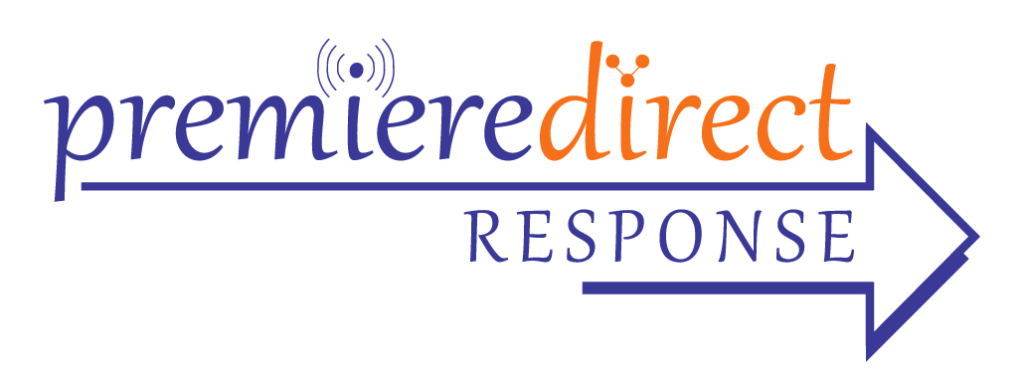Heavy radio listeners (over 15 hours per week) know what they like. They also know what they don’t like, or trust. Which is why they’re 24% more likely to use the kind of ad blocker that creates a digital barrier for marketers. Static ads that pop up on websites and other digital display ads are less effective for this group. Radio? It’s more.
The new numbers come from Kantar Media TGI, which presented the results of its ad blocking study at the recent ARF Conference in New York. The radio-specific data was not part of the presentation but was pulled from a cross-tab done by Kantar Media at the request of Inside Radio.
On weekends these ultra-heavy radio listeners are even harder to reach using digital advertising—three-hour-per day weekend listeners are 27% more likely to use an ad blocker. Conversely, light radio listeners (up to seven hours per week) are 9% less likely to use an ad blocker and those that never listen to the radio are 6% less likely.
Manish Bhatia, Kantar Media’s North America CEO, says the findings point to broadcast radio and online streaming as effective ways for marketers to reach consumers who are blocking digital advertising. “Ads on broadcast radio and streaming radio of course aren’t easily susceptible to being blocked or skipped, so they can help advertisers break through to ad blockers,” he told Inside Radio. “And in our study consumers were more positive about radio ads than online ads. But we do find ultimately the best strategy for creating an impact with consumers is cross-media campaigns.”
The survey interviewed 5,213 connected adults aged 18+ in the U.S. (1,014 interviews), Brazil (1,097), China (1,067), France (1,000) and the U.K. (1,035) from Oct. 19-Dec. 14, 2016. Connected adults are defined as those who have access to the internet via both a PC/laptop (at home or work) and a personally owned mobile device (smartphone or tablet).
Significantly, it found that more than half of consumers use ad blocker software—20% say they always do and 34% say they sometimes do. Consumers in the U.S. are most likely to always use them.
People that use ad blockers tend to be young and male and especially social online. Adults age 18-24 are 109% more likely and adults age 25-34 are 32% more likely than average to use an ad blocker. The older you are the less likely you are to use ad blockers. Adults aged 45-54 are 16% less likely than average to use an ad blocker, adults age 45-54 are 46% less likely and adults age 65+ are 53% less likely.
Males are 27% more likely to use an ad-blocking app while females are 26% less likely. Those who use ad blockers are 145% more likely to use the internet for entertainment and leisure, streaming music, podcasts or video content across devices and 134% more likely to be particularly social online, using the internet for email, instant messaging and social/professional networking.
In a finding with import for stations that offer endorsement ads by popular personalities, ad blockers are 74% more likely to be particularly influenced by peer recommendations or reviews, whether online or via word-of-mouth. Radio stations with personalities viewed by listeners as trustworthy peers are in a good position to reach these consumers. “If you have that connection with the host of a radio show, peer recommendation or product placements or shout-outs would have an impact,” Bhatia said.
A Nov. 2011 Katz Media Group-commissioned study conducted by the University of Southern California’s Annenberg School For Communications & Journalism showed a close relationship between radio listeners and on-air personalities in the Los Angeles market. An overwhelming majority (82%) expressed feelings and exhibited behaviors consistent with “para-social identification” or a one-sided “para-social” interpersonal relationship in which one party feels as though they know a great deal about the other. “Our findings underscore the depth of the relationship, loyalty and trust between listeners and radio personalities,” USC-Annenberg School for Communication and Journalism professor Paula Patnoe Woodley said.
In probing attitudes about advertising, the Kantar study also found that consumers accept the basic value proposition of receiving free content in exchange for listening to or viewing advertising. But on digital media, there is a higher expectation that the ads they see or hear would be more relevant to them and less repetitive. Seven in ten respondents agree (or strongly agree) with the statement, “‘Sometimes I see the same ad over and over again, it’s too repetitive.”

